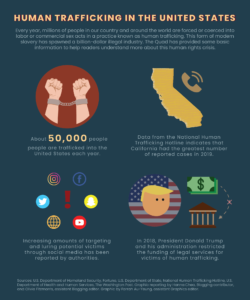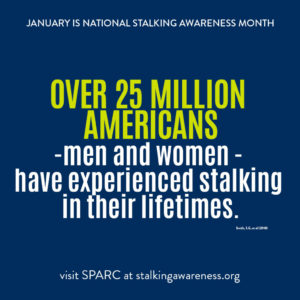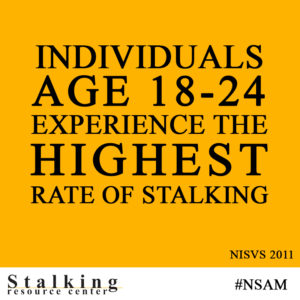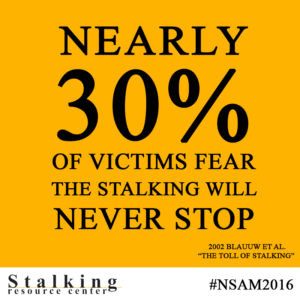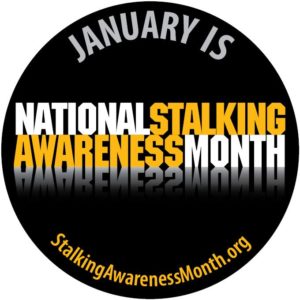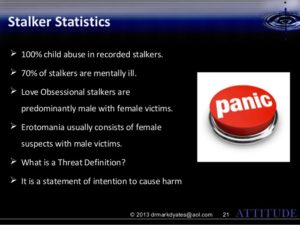Not a topic for some people in wanting to talk about but everyone should know about this topic and the warning signs to know what human trafficking is. One so your warned and possibly save a life!
Human trafficking involves the use of force, fraud, or coercion to obtain some type of labor or commercial sex act. Every year, millions of men, women, and children are trafficked worldwide – including right here in the United States. It can happen in any community and victims can be any age, race, gender, or nationality. Traffickers might use violence, manipulation, or false promises of well-paying jobs or romantic relationships to lure victims into trafficking situations.
What may keep one from seeking help who is a victim can be language barriers, fear of their traffickers, and/or fear of law enforcement. This makes human trafficking a hidden crime.
Traffickers use force, fraud, or coercion to lure their victims and force them into labor or commercial sexual exploitation. They look for people who are susceptible for a variety of reasons, including psychological or emotional vulnerability, economic hardship, lack of a social safety net, natural disasters, or political instability. The trauma caused by the traffickers can be so great that many may not identify themselves as victims or ask for help, even in highly public settings.
Know the facts:
-Human trafficking exists in every country, including the United States. It exists nationwide—in cities, suburbs, and rural towns—and possibly in your own community.
-Human trafficking victims can be any age, race, gender, or nationality. They may come from any socioeconomic group.
-Sex trafficking exists, but it is not the only type of human trafficking. Forced labor is another type of human trafficking; both involve exploitation of people. Victims are found in legitimate and illegitimate labor industries, including sweatshops, massage parlors, agriculture, restaurants, hotels, and domestic service.
KNOW THE WARNING SIGNS!
Since human trafficking is often a crime that is hidden in plain sight, it is important to be aware of its warning signs. These warning signs are adapted from information provided by the Polaris Project and its National Human Trafficking Resource Center, which is also used by nv.gov.
Some indications that a person may be a victim of human trafficking include (especially in the case of women and children)
- Appearing malnourished
- Showing signs of physical injuries and abuse
- Avoiding eye contact, social interaction, and authority figures/law enforcement
- Seeming to adhere to scripted or rehearsed responses in social interaction
- Lacking official identification documents
- Appearing destitute/lacking personal possessions
- Working excessively long hours
- Living at place of employment
- Checking into hotels/motels with older males, and referring to those males as boyfriend or “daddy,” which is often street slang for pimp
- Poor physical or dental health
- Tattoos/ branding on the neck and/or lower back
- Untreated sexually transmitted diseases
- Small children serving in a family restaurant
- Security measures that appear to keep people inside an establishment – barbed wire inside of a fence, bars covering the insides of windows
- Not allowing people to go into public alone, or speak for themselves
